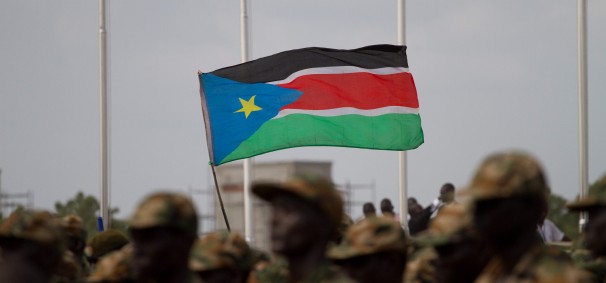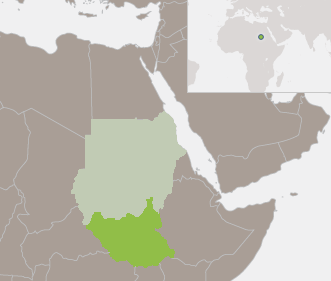As the civil war continues in South Sudan, it is important to examine growing challenges faced by the UN mission (UNMISS) and how best to addressing them. The Stimson Center’s report “Will They Protect Us for the Next 10 Years?” Challenges Faced by the UN Peacekeeping Mission in South Sudan does this remarkably well. It examines historical grievances, the numerous threats posed by various actors, and the challenges caused by growing number of people taking refuge inside UNMISS bases. It also provides recommendations on how UNMISS can best prioritize its scarce resources.
Of particular interest is the report’s examination of threats currently present in South Sudan and recommendations to address them. One threat, unfortunately, comes from the security sector itself. Sudan’s Peoples Liberation Army (SPLA) members are “poorly trained, command and control is weak and there is little accountability for the crimes committed against civilians they are meant to protect,” while the South Sudan National Police (SSNP) has been “historically weak (especially in rural areas), under resourced, predatory, and known to be involved in violence and crime.” Another threat comes from local security arrangements, including militias and armed youth, which have been formed to protect their communities but have also been perpetrating abuses. Some of militias are more formal and operate under former SPLA commanders, while others are less formal youth groups that mobilize to achieve a specific objective in mind.
In order to help UNMISS address these threats, the report makes a few modest recommendations:
1. UNMISS should develop strategies and action plans to determine how to prioritize resources. They should address various scenarios and include risk assessments and protection objectives related to each threat. The objectives should be measurable, achievable and time-bound. Furthermore, the action plans should not only attempt to address the threat, but also contribute to achievement of the protection objective. Meaning, if a protection objective is to protect women from militia groups, then the focus should be on activities that directly contribute to protecting women rather than on increasing security in the area in general.
2. UNMISS should focus on building relationships with actors in civil society in an effort to gain more sources of information about threats and vulnerabilities, which can be crucial in a rapidly changing conflict environments.
The report’s sections on risks to UN bases, around base perimeters, and inside bases are also worth a special mention. The report says that people frequently leave UNMISS bases to get food, money or other items. While they are out, they are vulnerable to predatory armed groups outside the base. However, staying inside UNMISS base does not ensure complete safety either. Criminal activities such as murder, rape and assault happen inside the bases. Armed groups - suspecting that those inside the bases might be members of an enemy group - have tried to enter UNMISS bases using force. The report recommends the following priority sequence for the threats: 1.UNMISS should focus on risks to the bases and protect them from external attack 2. It should continue to work with NGOs to create a safe environment within the bases. 3. It should then focus on developing strategies to protect people who are temporarily leaving the bases. The reason for prioritizing risks to the bases above other risks is the high stakes involved if the mission fails to repel an attack. For instance, in worst case scenario, it could undermine credibility of the UN and the legitimacy of peacekeeping missions.






 Visit the Centre for
Visit the Centre for